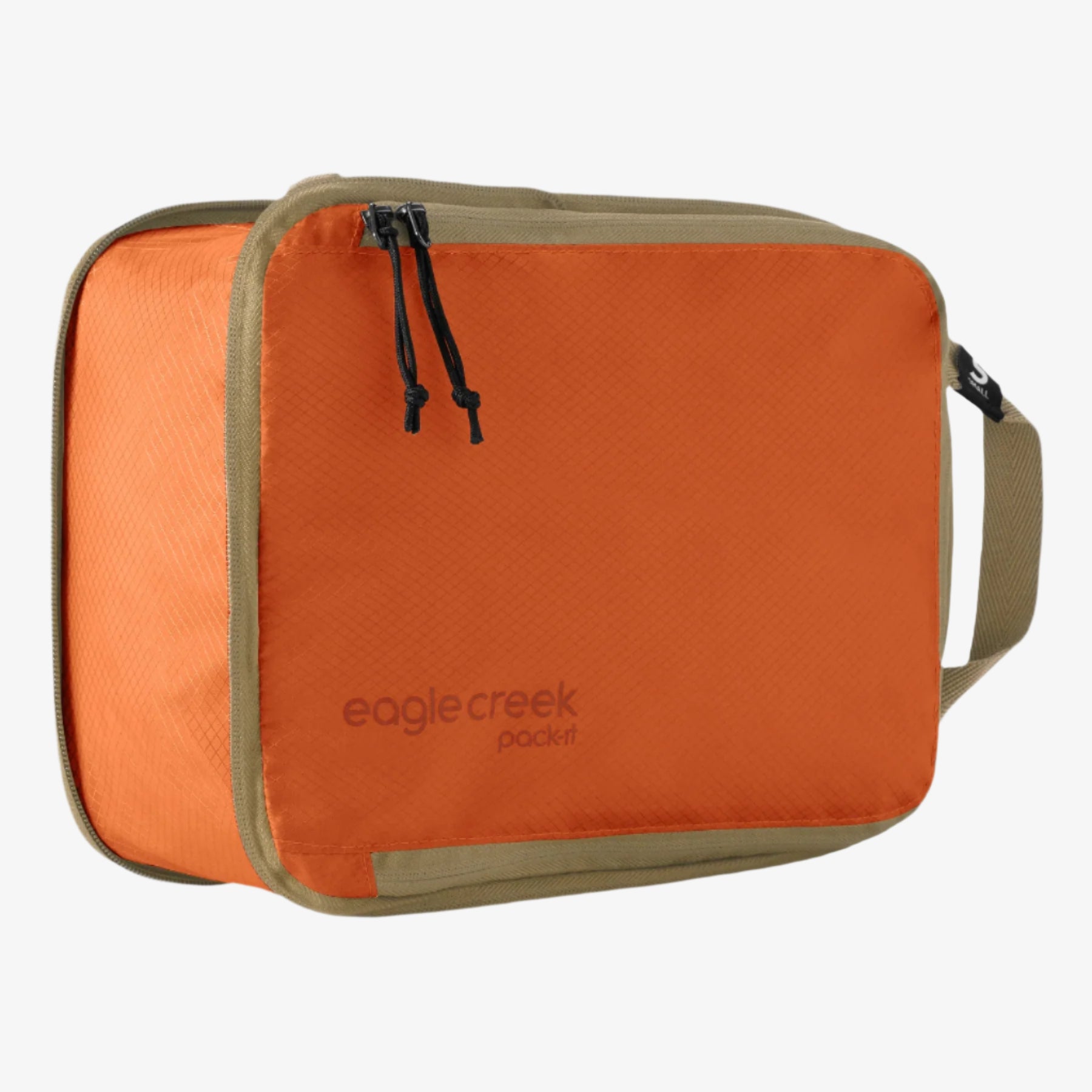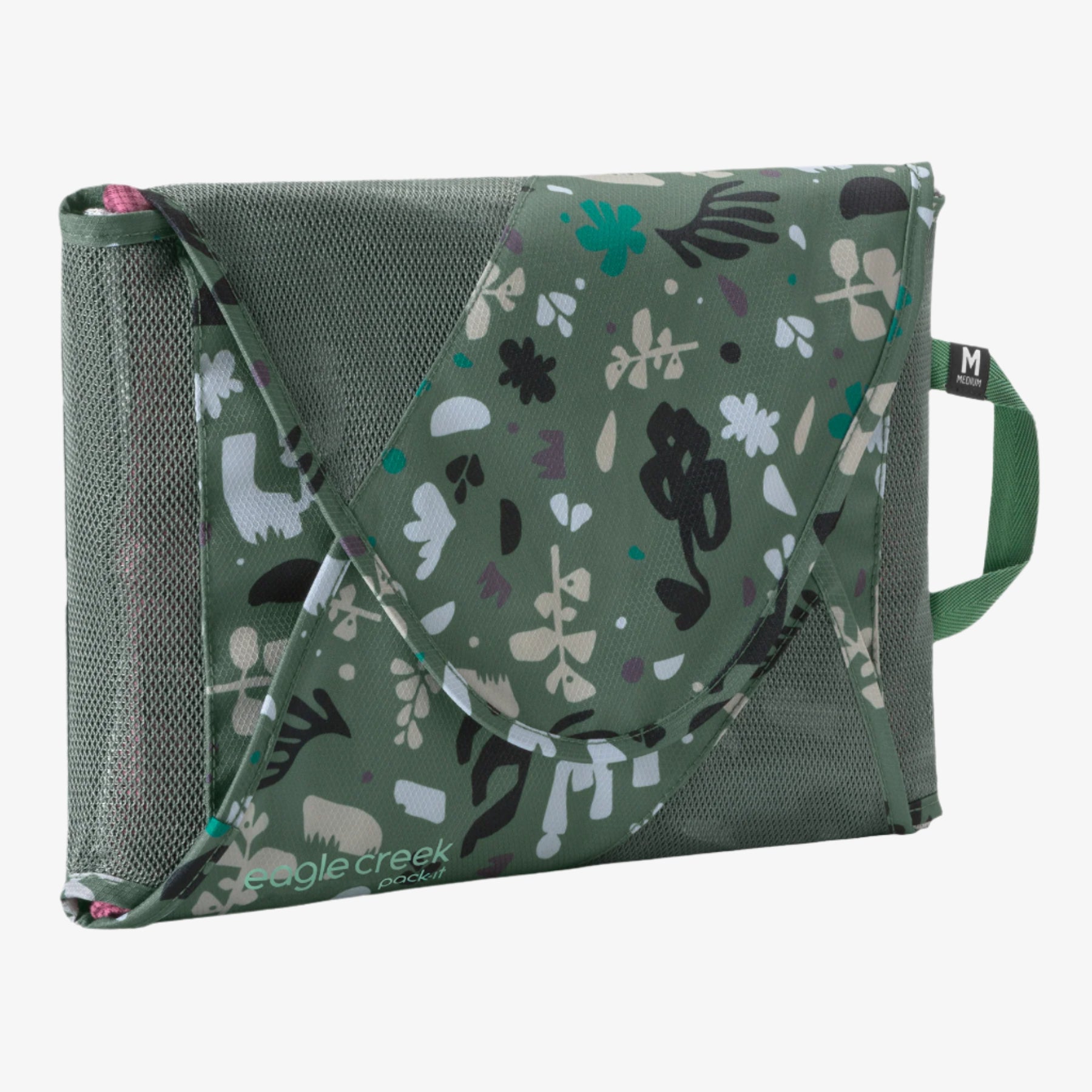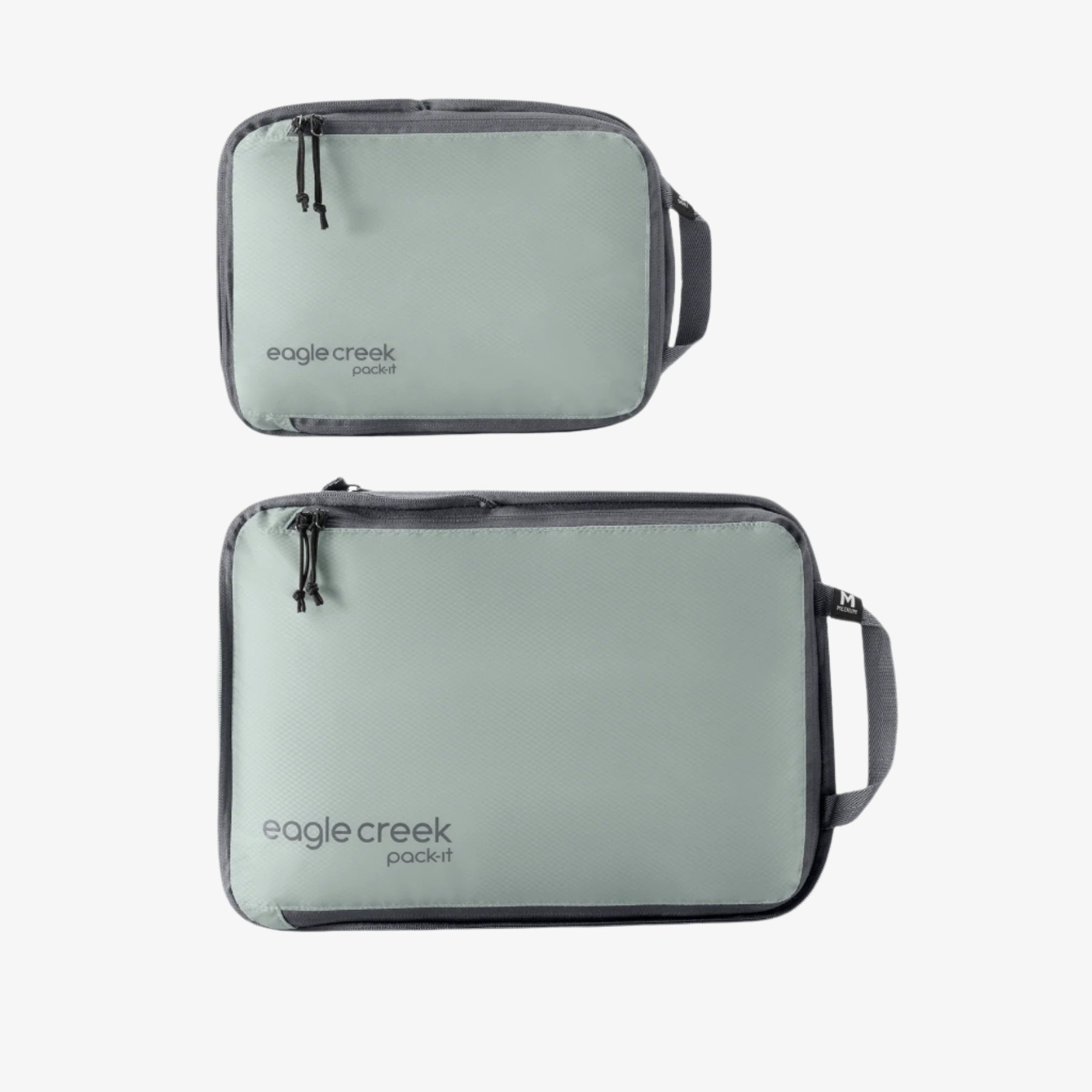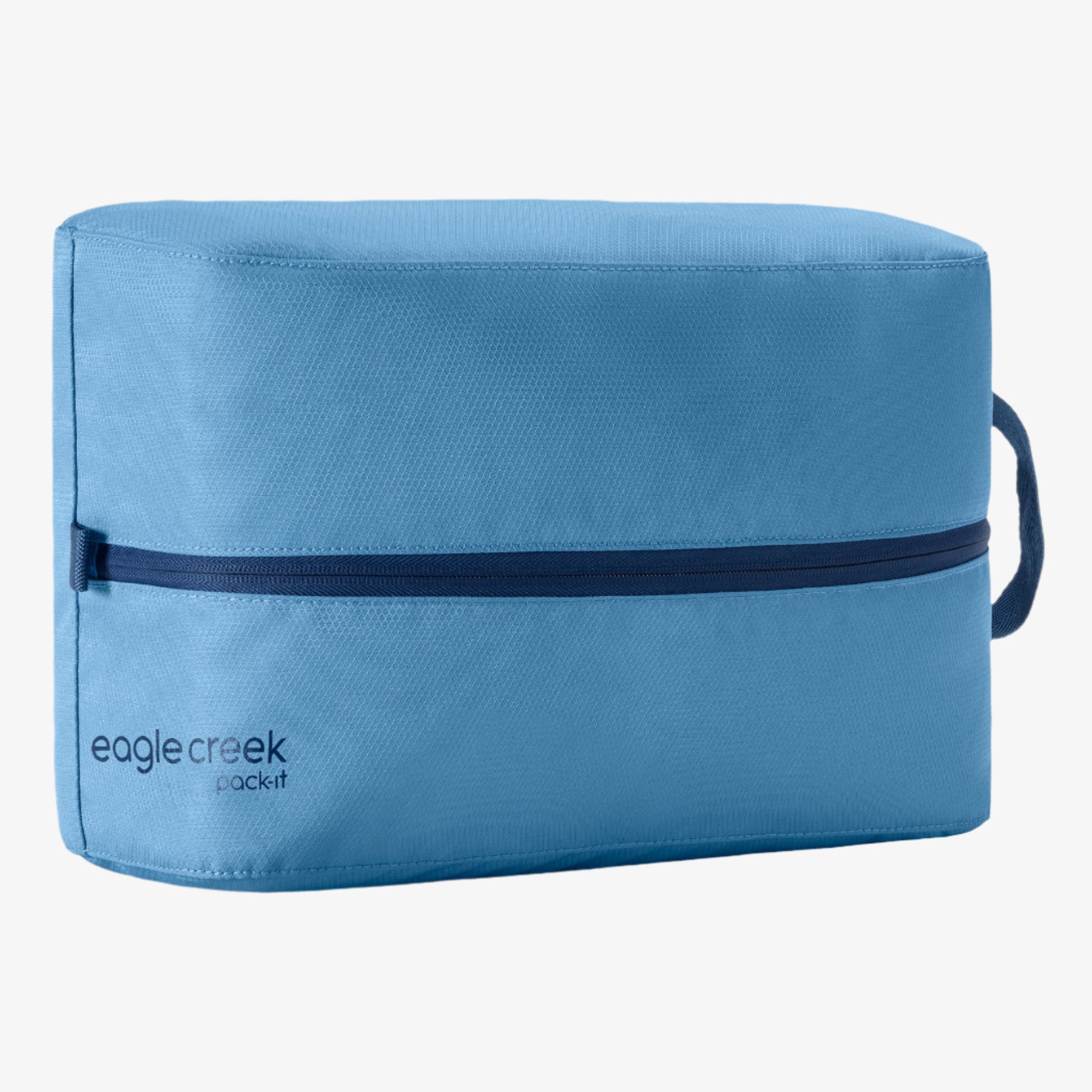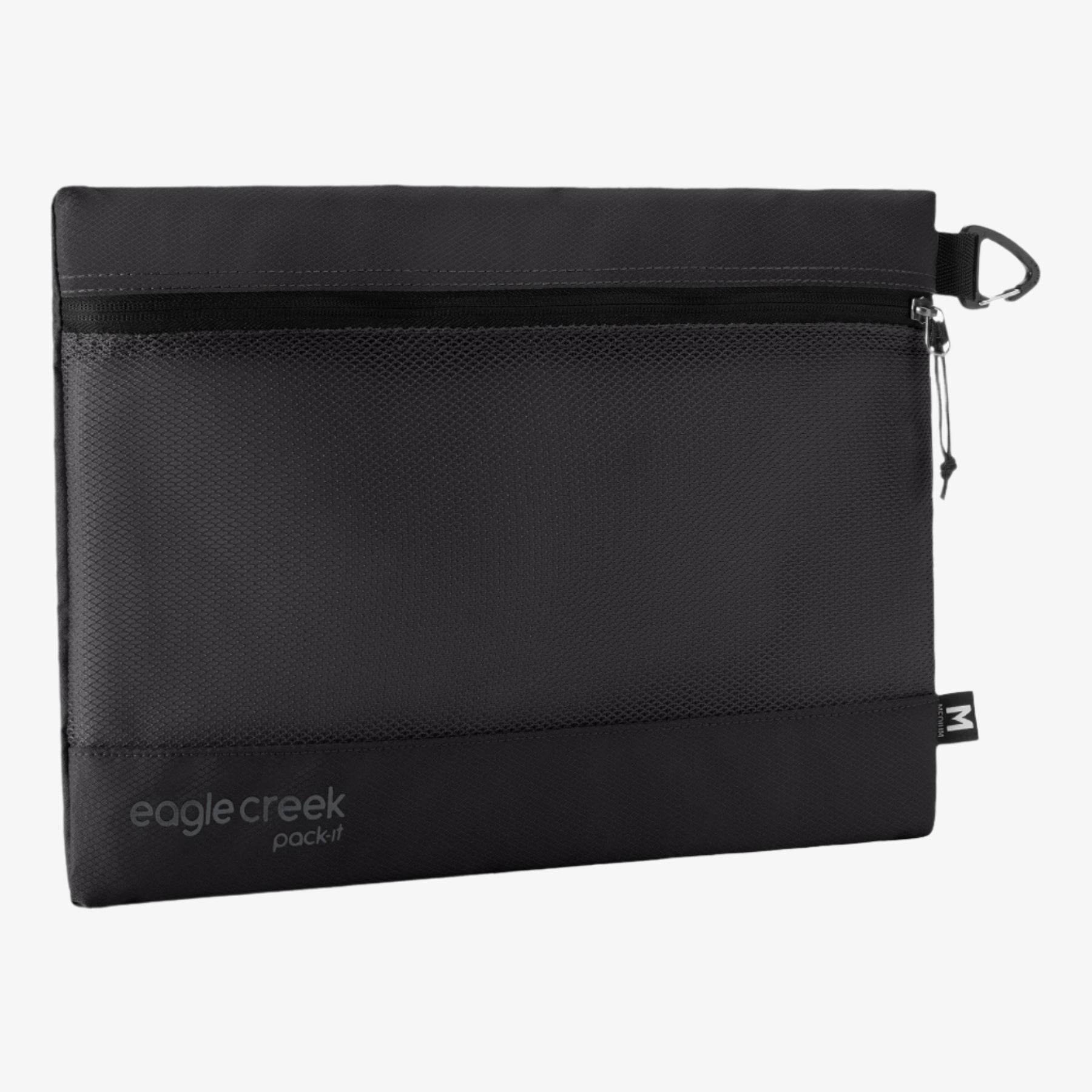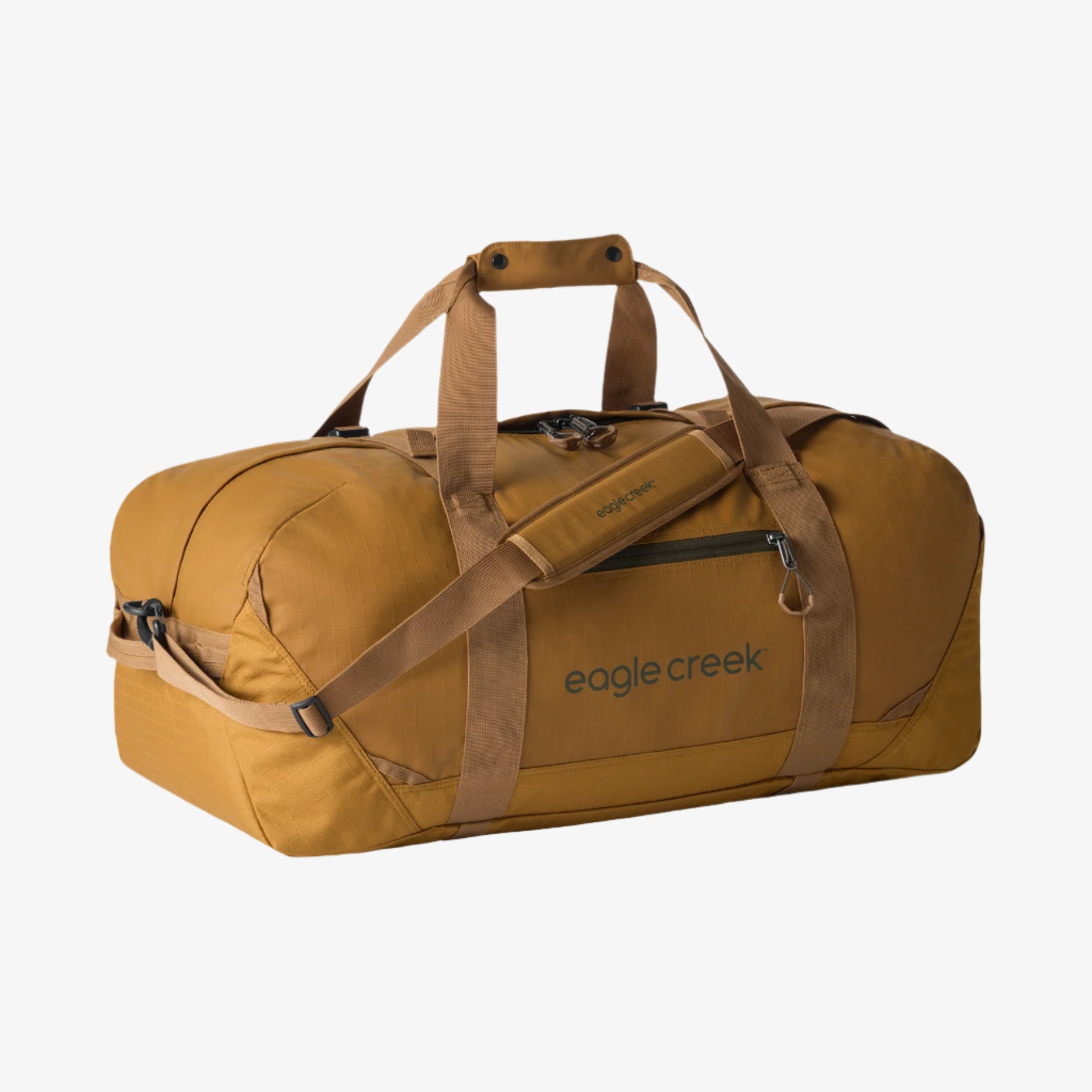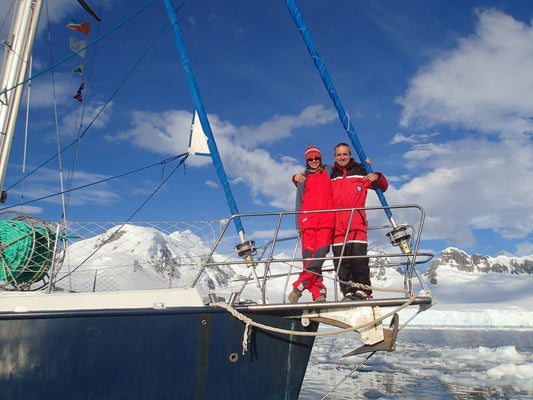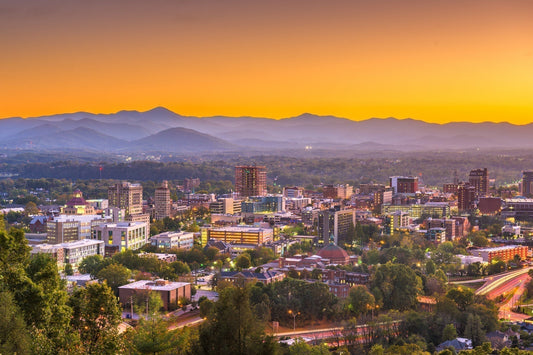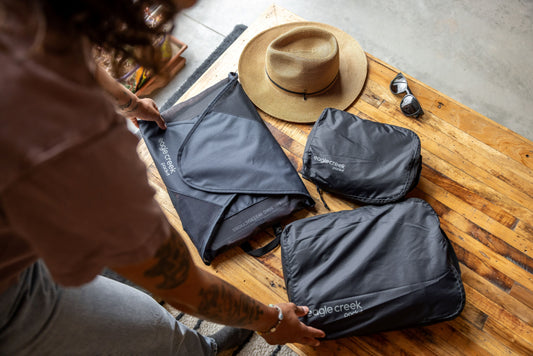America's Top Animal Sanctuaries and Wildlife Reserves

WANT TO WALK WITH THE ANIMALS? GET UP CLOSE AND PERSONAL WITH SOME OF THE WORLD’S MOST INCREDIBLE CREATURES—RIGHT HERE AT HOME—AT ONE OF FOUR US WILDLIFE PRESERVES.
You don’t have to support the practices of traditional zoos (or travel halfway around the globe, for that matter) to catch a real-live glimpse of animals that you’ve only dreamed about.
The United State boasts some of world’s most innovative, pioneering and beloved wildlife preserves (also known as refuges or reserves), which shelter and protect precious animal resources from wild ponies to rare condors. What you may not know is that our wildlife refuges aren’t solely dedicated to the needs and future of American wildlife; they help benefit the world’s wildlife heritage as well by saving and breeding many species now extinct in the wild.
By patronizing (or becoming a supporting member) one of these four reserves and refuges, you help ensure that the animals you love today will still be around for future generations to appreciate.
1. Chincoteague National Wildlife Refuge, Virginia
Chincoteague ponies run unfettered on Assateague Island, and are the direct descendants of Spanish horses that escaped from sinking galleons during the 15th and 16th centuries. After centuries of island life, those horses have evolved into this hardy pony. Today, a managed herd of 130 feral ponies live free in the nation’s most beloved national wildlife reserve.
Nature tours running May through October allow you to observe the ponies and their foals roaming their island refuge. And every July, experience the ponies’ famous swim across Chincoteague Bay’s narrow channel to the fairgrounds, where roughly 50 to 75 foals are auctioned off to qualified owners to keep the herd on the island from growing too large and to raise money for the local fire department.
2. San Diego Zoo Safari Park
This sanctuary’s expansive field exhibits replicate the African plains and the Asian savanna, supporting the natural behaviors of free-range wildlife in a semi-arid environment. On a tram safari, you can observe ostriches and crowned cranes gathering with Cape buffalo, zebra and rhinos at a waterhole just as they do in the African wild.
Located 30 miles northeast of San Diego, this park’s 1,800-acre protected habitat shelters more than 2,600 animals that represent more than 500 species. This world-renowned breeding and endangered species center has helped prevent a number of breeds from becoming extinct, including the California condor, the Arabian oryx, the Caribbean iguana, and the Guam rail. It also breeds a rare Asiatic horse now extinct in the wild.
Additionally, you’ll get to meet the park’s two new Sumatran tiger cubs, explore a Gorilla forest, and attend bird shows and elephant keeper talks.
3. The National Bison Range in Moiese, Montanta
Established in 1908 by Theodore Roosevelt, when there were fewer than 100 bison known to exist in the wild, the National Bison Range is one of the oldest refuges in the country and takes up 18,500 acres of land. Located about an hour north of Missoula, this rolling hillside features grasslands, forest areas, and ponds, and is set near the Mission Mountain range, so it’s a picture-perfect setting that’s a popular destination for photographers.
Drive your car to the refuge and follow one of two auto tours. Do the longer, steeper Red Sleep Mountain Drive, a 19-mile, gravel trail that goes up 2,000 feet and takes up to two hours. If you’re short on time or aren’t into heights, do the Prairie Drive, a 5-mile gravel trail that sticks to flat land and takes 30 minutes.
On either route, you can see up to 350 to 500 bison, over 200 species of birds, as well as elk, white-tail and mule deer, pronghorn antelope, bighorn sheep, coyotes, black bears, and other forms of wildlife.
fws.gov/refuge/national_bison_range
4. Disney's Animal Kingdom Theme Park, Walt Disney World Resort
Disney “imaginers” transformed 500 acres of Florida wetlands into a savanna-like wildlife sanctuary for more than 1,700 animals. On a safari ride, you’ll observe lions, zebras, hippos, giraffes and elephants wandering their vast natural habitat. You can also encounter Asian tigers, Komodo dragons and exotic birds in an Asian jungle habitat.
As a wildlife rehab center, the park rescues and rehabilitates injured and orphaned animals. Animal handlers at the Conservation Station let you experience animals up close while discussing how they care for and feed 1,000 animals over three tons of food a day.
Related Links
Cheapest Scuba Diving Destinations: 3 Super-Affordable Spots








